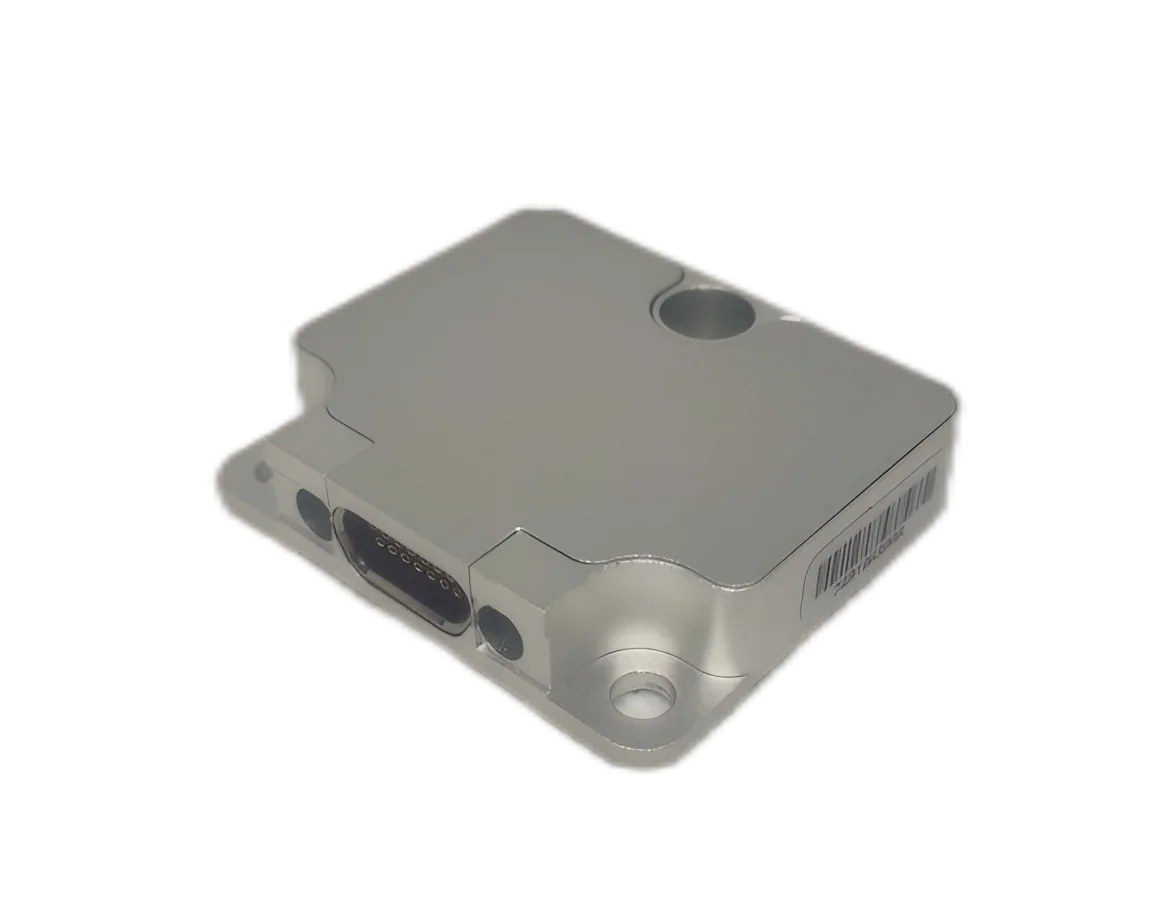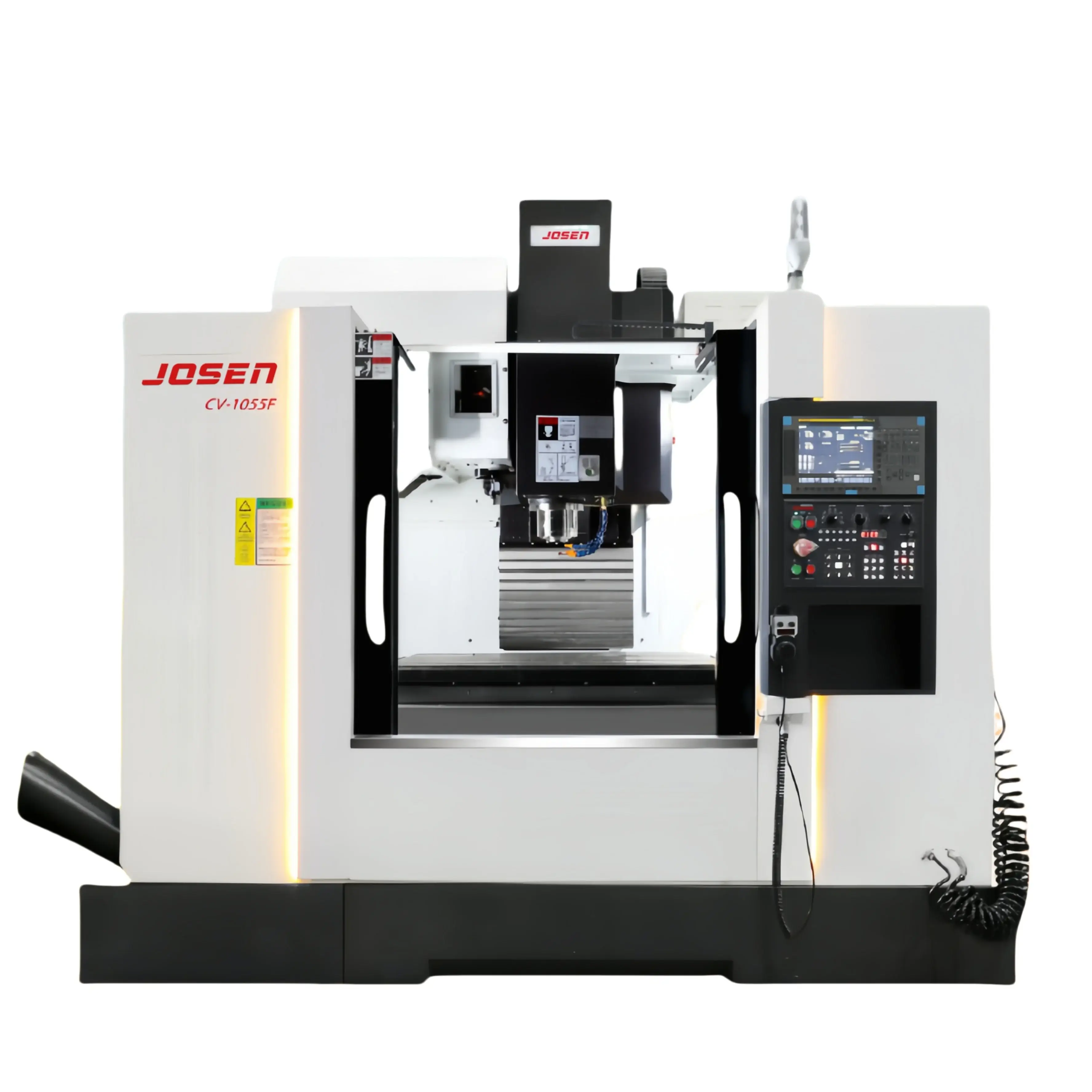Mechanical structures serve as the backbone of various industries, providing stability, support, and functionality to a wide range of applications. From towering skyscrapers to intricate machinery, these structures play a pivotal role in ensuring safety, efficiency, and innovation. In this blog post, we will explore the diverse applications and significance of mechanical structures, shedding light on their importance in modern society.
- Infrastructure and Construction:
Mechanical structures form the foundation of infrastructure projects, enabling the construction of bridges, tunnels, dams, and buildings. These structures are designed to withstand external forces such as wind, earthquakes, and heavy loads, ensuring the safety and longevity of the built environment. Advanced techniques like finite element analysis and computer-aided design have revolutionized the field, allowing engineers to optimize structural integrity while minimizing material usage. - Aerospace and Aviation:
The aerospace industry heavily relies on mechanical structures to ensure the safety and performance of aircraft. From the fuselage to the wings, every component is meticulously designed to withstand extreme conditions encountered during flight. Mechanical structures in aerospace engineering must be lightweight, yet possess exceptional strength and durability. Materials like carbon fiber composites and titanium alloys are commonly used to achieve this delicate balance. - Automotive Engineering:
Mechanical structures are the backbone of automobiles, providing rigidity, crash resistance, and occupant protection. The chassis, frame, and body panels are engineered to absorb and distribute impact forces, safeguarding passengers in the event of a collision. Additionally, mechanical structures in automotive engineering contribute to noise reduction, vibration damping, and overall vehicle stability, enhancing the driving experience. - Robotics and Automation:
Mechanical structures play a crucial role in the field of robotics and automation, enabling precise and controlled movements. From industrial robotic arms to humanoid robots, these structures provide the necessary support and flexibility for complex tasks. By incorporating advanced materials, such as shape memory alloys and carbon nanotubes, engineers can create lightweight yet robust structures that optimize efficiency and agility. - Biomechanics and Medical Devices:
In the realm of biomechanics, mechanical structures are utilized to understand and replicate the complexities of the human body. Prosthetic limbs, orthopedic implants, and medical devices rely on these structures to mimic natural movements and provide support to patients. By integrating sensors and actuators, mechanical structures can enhance the functionality and responsiveness of medical devices, improving the quality of life for individuals with disabilities.
Conclusion:
Mechanical structures serve as the backbone of numerous industries, enabling progress, innovation, and safety. From the towering structures that shape our skylines to the intricate mechanisms that power our everyday lives, these structures are essential for modern society. By continuously pushing the boundaries of design, materials, and technology, engineers can unlock new possibilities and ensure a sustainable and prosperous future.


